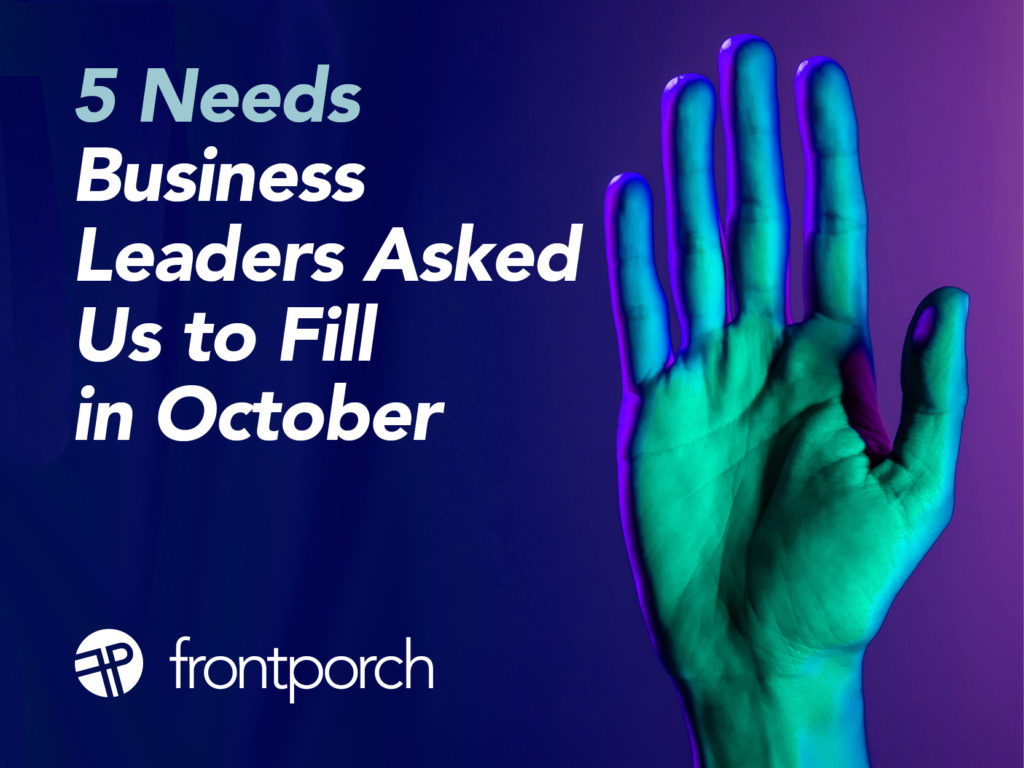
Blogging for Business Benefits in 2022
Is your business blogging? Blogging for business benefits is a cost-effective way to establish your thought leadership and more. One of our new clients asked us last week why they should be blogging. Working towards being the expert in your industry means sharing your expertise. Blogging is a simple, clear, cost-effective way to do this. When done properly and consistently, blogging brings benefits to your business. And this translates into more visibility, more customers and customer loyalty.
What are the Benefits of Business Blogging?
Business blogging contributes to your marketing strategy. This particular practice of marketing is called Content Marketing. When you consistently write about topics that are important to your audience, you’ll enjoy these three business benefits:
- Creating new branded content to share. Are you always trying to come up with something to share on LinkedIn, Facebook, Twitter, or Instagram that supports your branding? Write a blog! This blog post can then become branded content. Share on your social channels, like our client The Slay Diaz Group does.
- When you offer a behind-the-scenes look into your product, your process, or your industry, you are building loyalty with your customers. Share insider information — like our client Diamond Brand Gear does — and it will help you build a relationship with your existing customers and attract new ones.
- You can also instruct people on how to do something specific. Help them achieve a goal or get an answer to a question, like our client Spot On Talent does. Here, you are establishing your authority and building organic SEO (search engine optimization) with Google. Putting keywords that speak to a topic in your headers and copy about that subject in your blog post makes you more likely to be the one that Google sends people to on search results when they ask Google a question.
Sharing Your Business Knowledge Makes You a Leader
If you’re a long-time reader of the Front Porch marketing newsletter and blog, you’ll see that we put these content marketing strategies into practice not only for our clients, but for ourselves. We want everyone to succeed, and we want you to be able to benefit from our business experience. So we share it openly. We want you to be able to optimize your LinkedIn profile, practice successful PR, and know what’s important in marketing if you’re a start-up business.
If you’re ready to level up your marketing and demonstrate to your industry that you’re a leader by adding Content Marketing to your mix, let us know. We can guide you through the process and help you set up an easily-executable calendar, schedule and topics. We can even ghost write your blog posts for you, share your content to your social channels, and optimize your content for better SEO.










